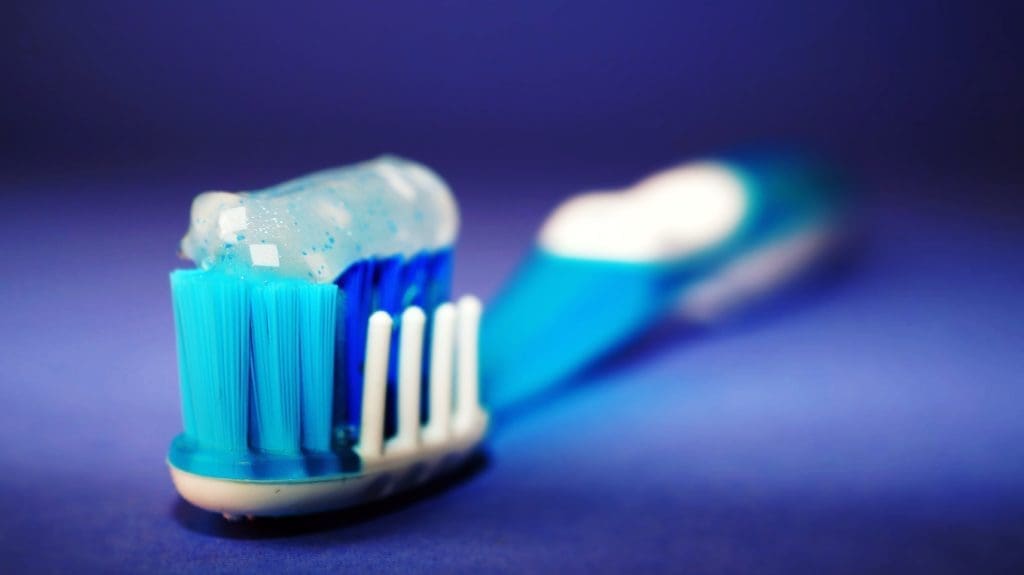Table of Contents
Classified as a binary compound of another element and fluorine, fluoride is better known for its presence in public drinking water for the use of reducing the risks of tooth decay. It exists at approximately 1mg per liter in drinking water in the form of fluoride salt.
According to the World Health Organization, there are traces of fluoride in bodies of water. Oftentimes, underground sources point to higher concentrations. For example, a total fluoride concentration of 1.3mg/liter is found in seawater, whereas well water might contain fluoride that is up to 10 mg/liter.
While fluoride is naturally found in all-natural bodies of water, there are still water authorities that add fluoride to municipal water supplies as a way to solve low fluoride levels in certain communities and populations.
Moreover, the WHO reports that too much exposure to fluoride in drinking water poses a couple of health risks to millions of people all over the world. While the effects might come unnoticed and unrecognized, the risks range from mild dental conditions concerning skeletal problems.
Additionally, fluoride contamination is a problem that has been causing concerns across the globe. Sources of contaminants include natural deposits and municipally treated drinking water that contain more than 2mg per liter of fluoride. This can happen when the source is poorly regulated and monitored.

Risks Brought by Excessive Fluoride Exposure
Potential risk to skeletal fluorosis is exposed to long-term consumption of about more than 4mg per liter. Skeletal fluorosis is a serious bone disorder that is characterized by extreme hardness, density, and abnormal fragility of the bones. The disorder is said to closely resemble osteoporosis, osteosclerosis, bone deformities, and calcification of the ligaments and tendons.
Other potential damages brought by excessive exposure to fluoride include “mottling” or the discoloration of teeth in children. This can happen when children that are under the age of 9 are exposed to long-term consumption of more than 2mg per liter.
During childhood where the teeth are still developing, exposure to high concentrations of fluoride may result in mild dental fluorosis. While it might not affect the health of the teeth, the discoloration might be very visible.
In a few cases, too much fluoride exposure can bring risks to the parathyroid gland. With this, hyperparathyroidism can happen, resulting in an uncontrolled secretion of parathyroid hormones.
Health Risks
In a study conducted in 2017, a report suggested that exposure to fluoride before birth can potentially lead to poor cognitive performance in the future. The research revealed that lower ranks on IQ tests were associated with high levels of fluoride exposure. Moreover, another study also documented fluoride as an element that is harmful to child development.
Other health risks also include skin problems, cardiovascular problems such as arteriosclerosis and arterial calcification, lower fertility, early puberty in girls, thyroid dysfunction, bone cancer, temporomandibular joint disorder, and certain neurological problems.
High-level and acute exposure to fluoride can also cause abdominal pain, nausea and vomiting, seizures, muscle spasms, abdominal pain, and excessive salivation. However, this is not a result of drinking tap water, but rather accidental contamination or poisoning.
One medical review describes fluoride as something that has an “insatiable appetite for calcium”, which further calls for the balance and regulation for its uses. Researchers also suggest individuals strike a balance between its risks and benefits.
High-level fluoride exposure may come from high concentrations of fluoride in natural freshwater, accidental high intake of fluoridated toothpaste or mouthwash, untested drinking water, and inappropriate and unsupervised use of fluoride supplements.
In some cases, fluoride is added to drinking water in regulated and small concentrations by water suppliers to help people protect their teeth and promote bone strength. Here are some of the benefits brought by water fluoridation:
Reasons Why Fluoride is Beneficial in Water
Considered as one of the most efficient methods to prevent one of the most acquired diseases in children, fluoride greatly helps in preventing tooth decay. The Centers for Disease Control and Prevention named community water fluoridation as one of the most effective and great public health achievements.
Studies reveal that the average lifetime cost of one person to fluoridate their water supply is lesser than the total cost of having one dental filling. With that, individuals can save more money by protecting themselves from preventable dental diseases such as tooth decay and cavities that are present in both adults and children.
Numerous organizations and governing bodies endorse water fluoridation as something that is both effective and safe. Scientific evidence points out that the process is not just safe, but also comes necessary in maintaining healthy communities. These organizations include the United States Surgeons General, World Health Organization, and CDC.
Since it is present in almost every body of water, fluoride normally has its benefits and harms. The key, however, lies in adjusting it for human consumption or uses. Water fluoridation refers to the adjustment of the levels of fluoride down to a regulated and recommended level. This way, we can use it for food and beverages, and other uses such as in medical science.

Why Having A Water Filter Is Important
While the risks and dangers pose their harms, people should not panic at the thought of fluoride contamination. After countless fluoridation and regulated monitoring of our use of fluoride, the risks shouldn’t be something that we should always be on the lookout for.
However, for areas and countries that possess higher levels of fluoride in their water supply, additional attention should be observed. For instance, arid and semiarid regions in Asia and North Africa are found to have anomalous fluoride concentration.
Since defluorination is an expensive and difficult process, one of the best options is to pursue alternative water sources. Different methods to remove fluoride from water include electrocoagulation, nanofiltration, and ion-exchange and precipitation. Additionally, adapting and implementing systems such as reverse osmosis can help solve the problem of exposing individuals to high levels of fluoride. Other treatment methods include activated alumina absorption media, and distillation.







